 The Northern New Jersey housing market got off to a strong start in 2016, with sales up again throughout the region. But this sustained surge in buyer demand is not yet having any real impact on pricing, which was flat or down in each of the counties.
The Northern New Jersey housing market got off to a strong start in 2016, with sales up again throughout the region. But this sustained surge in buyer demand is not yet having any real impact on pricing, which was flat or down in each of the counties.
Sales were up over 10% for the region, rising in every county in the Report. Closings have now been trending up for about five years, ever since the market stabilized after the correction precipitated by the financial crisis of 2008-09. Although we are not yet at transactional levels that we saw during the last seller’s market of the mid 2000’s, sales are up about 40% from the bottom of the market and are moving in a positive direction.
We are also seeing inventory continue to tighten. The industry measures the impact of inventory by calculating the “months of inventory” remaining on the market: i.e., the number of homes for sale divided by the average monthly transactions. So, for example, if we have 1,000 homes for sale and we close about 100 sales a month, we say that’s about 10 months of inventory. According to industry standards, six months worth of inventory signals a balanced market: any less, and we are likely to see too many buyers chasing too few homes, which will tend to lead to multiple-offer situations, then bidding wars, and ultimately higher prices. Well, right now, we’re starting to see inventory tighten across the region. Bergen, Morris, and Essex are all below the 6-month threshold, and Passaic is right on the cusp. Only Sussex is trailing, but even inventory there is tightening and has dropped from 11.5 months to 9.6 months in the past year.
Even with sales up and inventory down, though, average prices dropped throughout the region. In our last Report, we said that we were seeing the first signs of “green shoots” of price appreciation. Well, in the first quarter, those green shoots withered away. Prices were down throughout the region, in some cases sharply. This was surprising, given that all the other indicators suggest that we should be seeing meaningful price appreciation at this point. It might be that the market is simply stronger in the lower end than the middle or higher end, which is changing the mix of properties sold and skewing the average. Or it could just be a short term blip in the data during the slowest time of the year. Either way, we will keep our eye on it for the next Report, which will cover the spring market and give us a better read on things.
Going forward, we still believe that we are heading for a seller’s market. Sales have now been increasing for almost five years, which has brought inventory to the seller’s market threshold. Basic economics tells us that high demand and declining supply is bound to drive up pricing at some point. The economic fundamentals are all good: homes are priced at 2004 levels (without even adjusting for inflation), interest rates are still near historic lows, and the regional economy is stable. Accordingly, we expect that the price declines in the first quarter were an anomaly, and that the region will experience rising sales and prices through a robust spring market and throughout 2016.
To learn more about Better Homes and Gardens Rand Realty, visit their website and Facebook page, and make sure to “Like” their page. You can also follow them on Twitter.

 Facebook
Facebook
 X
X
 Pinterest
Pinterest
 Copy Link
Copy Link



